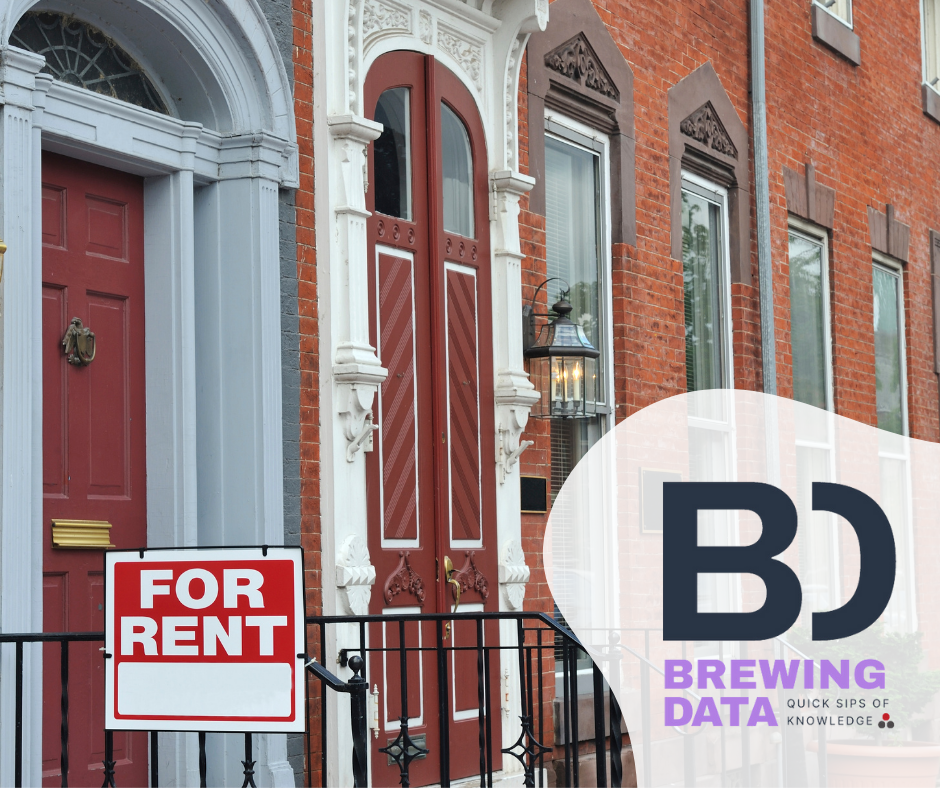In a previous edition of The Multifamily Review podcast published in July of 2024, we invited Leah Cuffy from the NAA to discuss the relationship between rent control and housing quality issues.
An NAA-sponsored empirical study found a strong correlation between rent control and lack of quality housing; when the number of rent control units in an area doubles, there is a 16% increase in severely inadequate housing. The study posits that the root cause of escalating housing costs is the imbalance between housing supply and demand. According to NAA research, over 70% of housing providers say that rent control affects their investment and development plans. This in turn, can then lead to reduced investments or opting to invest in other markets without rent control policies in place.
Cuffy asserts that the industry is opposed to rent control in any capacity. She cites that both research and lived experiences tell us that rent control devastates communities and harms the affordability of housing. She argues that our industry should strive to solve the root problem — housing shortages and housing quality issues — rather than attempt to merely treat the symptoms.
You can view her co-authored report in its entirety here: The Ripple Effect: Rent Regulation and Its Effects on Housing and Neighborhood Quality
One year later, rent freeze ideologies have been brought again into the national spotlight. In June 2025, Zohran Mamdani won the democratic primary for Mayor of New York City. Chief among his campaign platform was a rent freeze on rent-stabilized units and creating additional affordable housing units.
In New York City, rental housing costs have notably increased over the past few years, but income has not grown at the same clip. At the beginning of 2021, the average percentage of monthly wages spent on rent was 37%. By Q3 of 2022, this figure had eclipsed 50% and has hovered in that area since then through the end of 2023.
Mamdani has stated that should he be elected mayor, he plans an immediate rent freeze on all rent-stabilized apartments (close to 2.5 million units) while simultaneously developing 200,000 union-built permanently rent-stabilized homes over the next ten years. He hopes that the latter of this two-pronged approach will effectively address the concern that rent freezes result in supply shortages.
Freezing the rent is a critical way to ensure that New York remains home to the people who built it and the people who make it sing.
Mamdani’s messaging clearly resonated with NYC voters. He upholds that rent-stabilized apartments should be the bedrock of economic security for the city’s working class, and that the number one reason working families are leaving the city is the housing crisis. Should he be elected Mayor of the largest city in the country, both critics and advocates alike will undoubtedly pay close attention to his ambitious goals.
.svg)
